Are you wondering whether to go with FX or DX for wildlife ?
Reading the numbers doesn't do it for me, I need to "see" it.
Using the new Nikon 80-400mm @ 400mm, same branch, same distance, different day but same sh*tty back light
The D800 @ iso 2000, no noise reduction/removal, quick edit.
Full frame.

My "normal" crop.
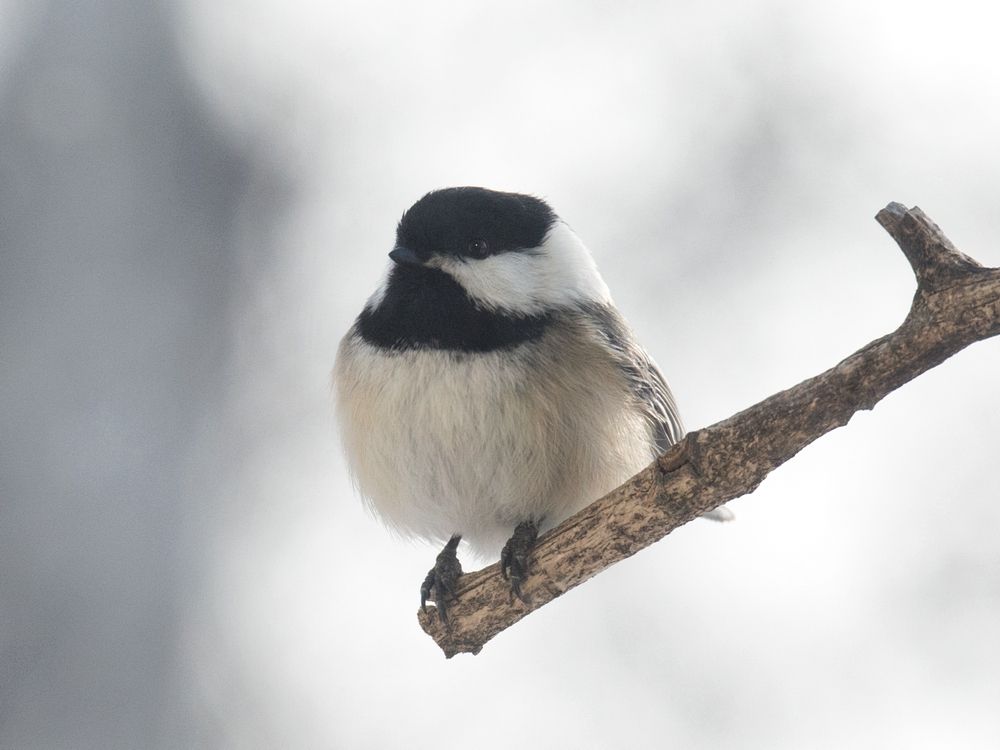
100% crop, no resize.
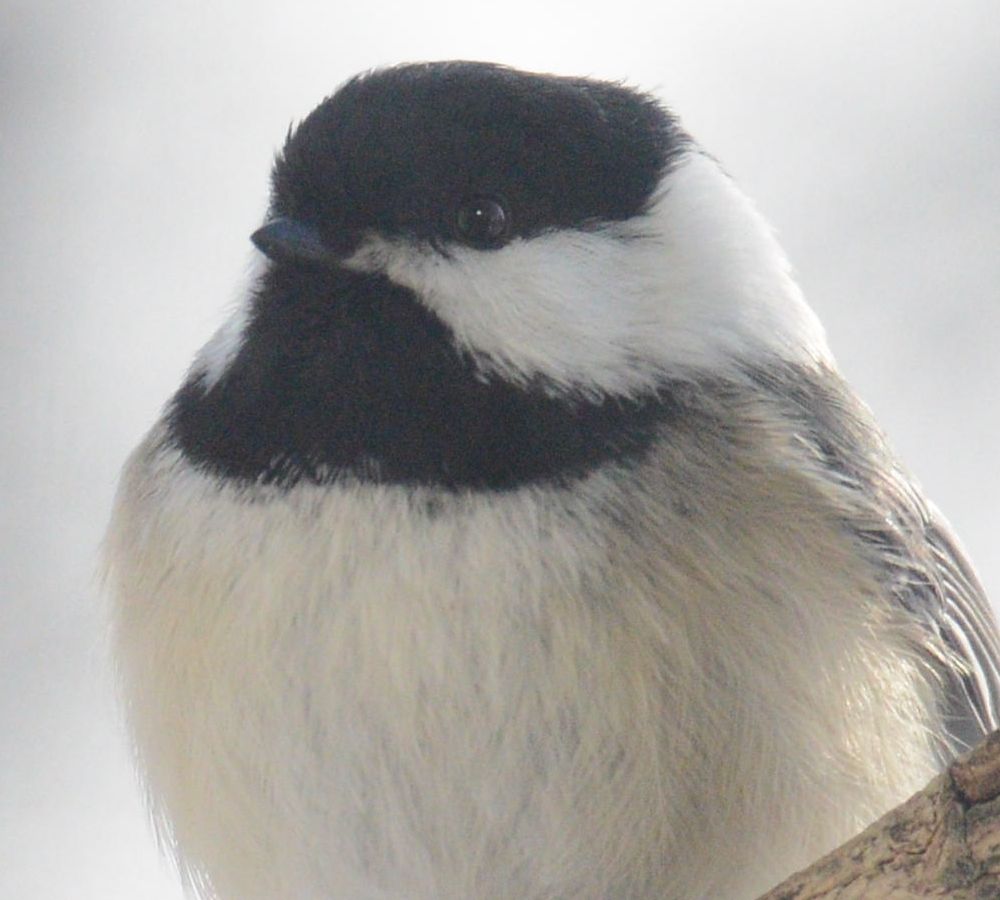
Crop area.
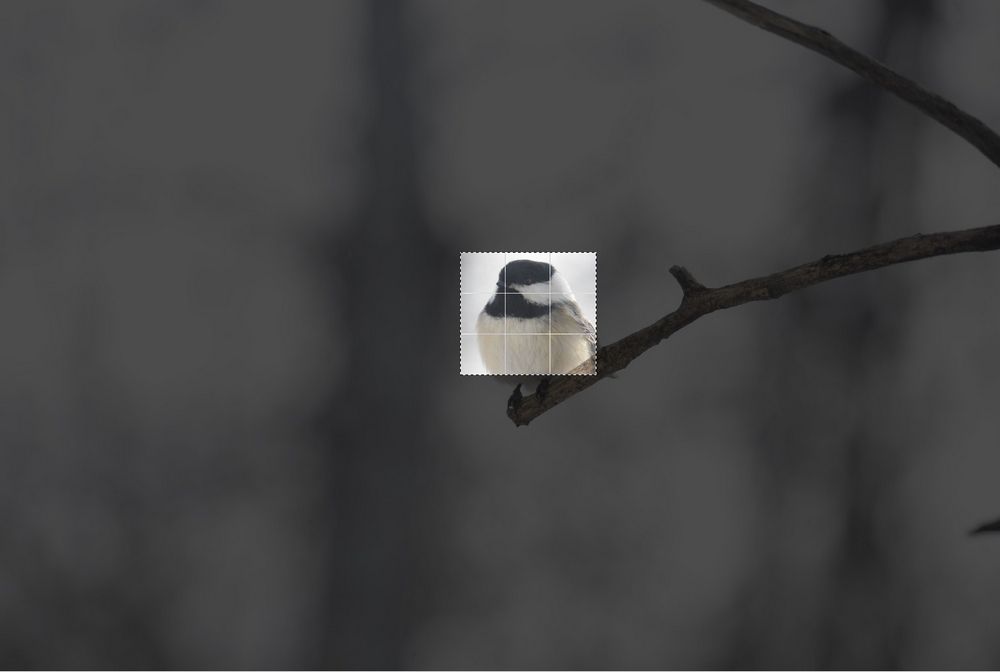
D7100 @ iso 1250 full frame, no noise reduction/removal, quick edit.
My model showed up out of the blue and in my rush I didn't realize the iso was too low
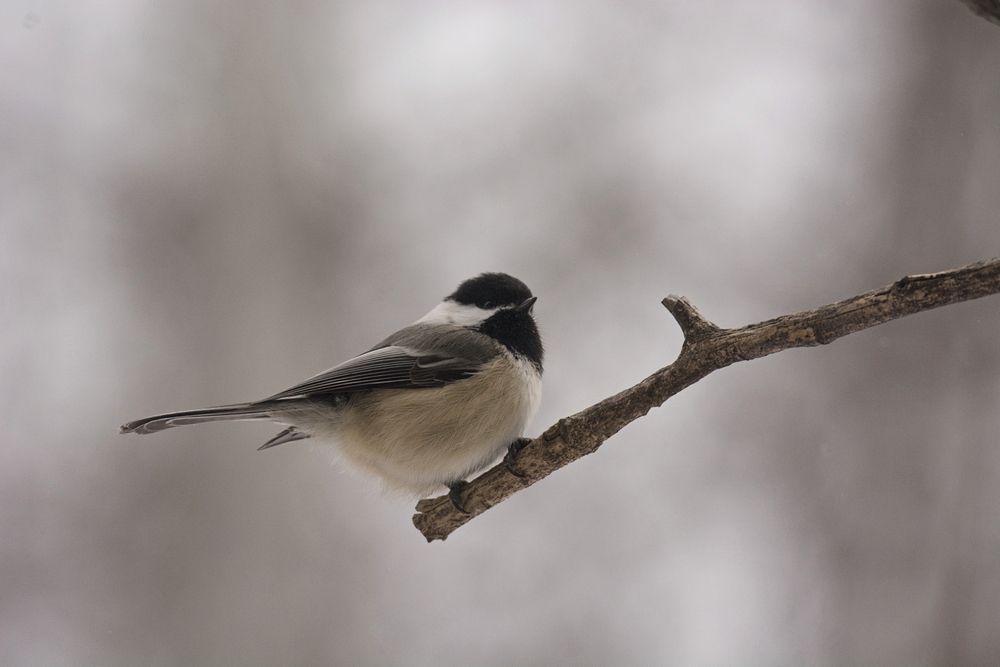
My "normal" crop.
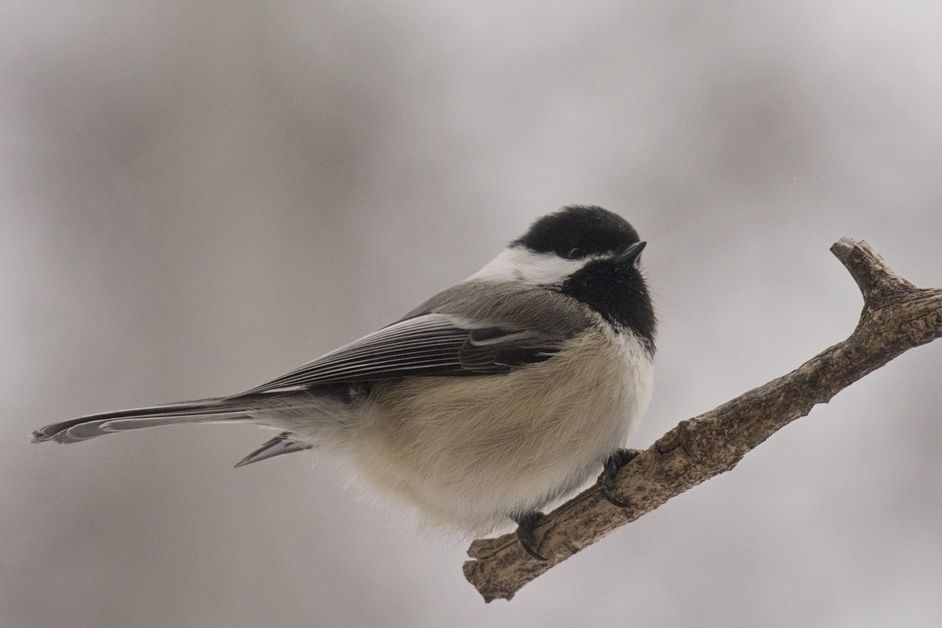
100% crop, no resize.
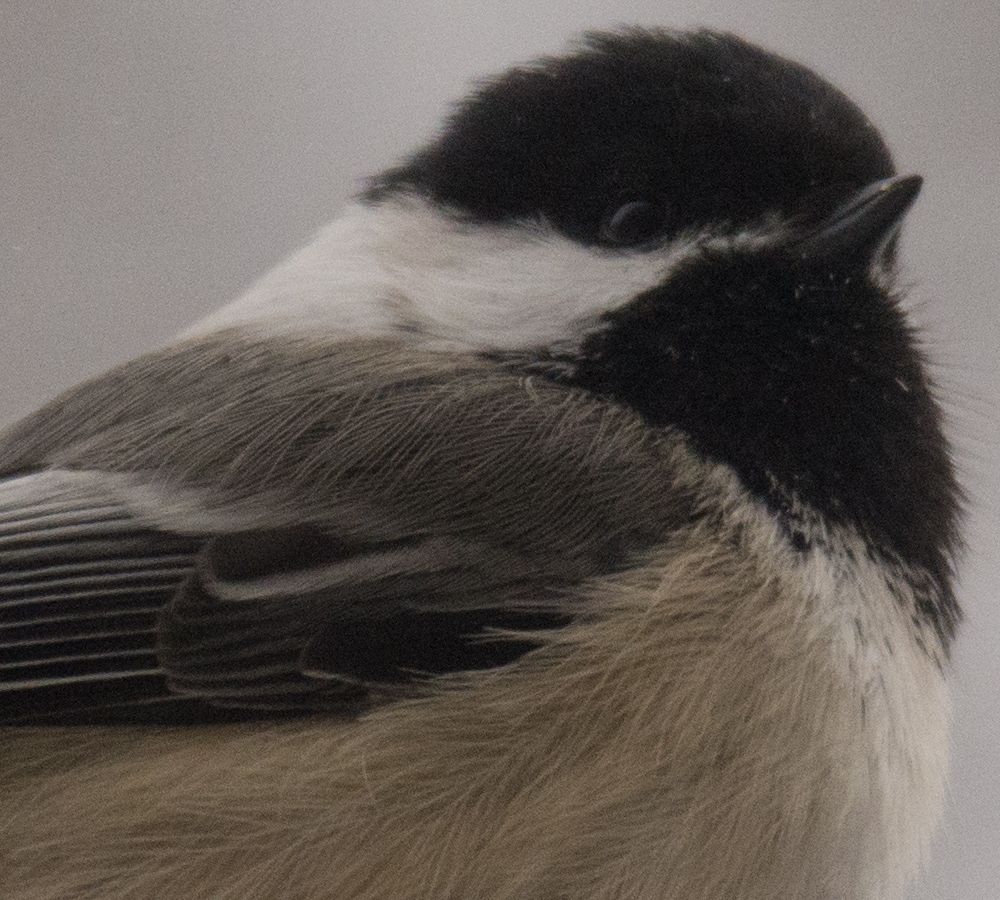
Crop area.
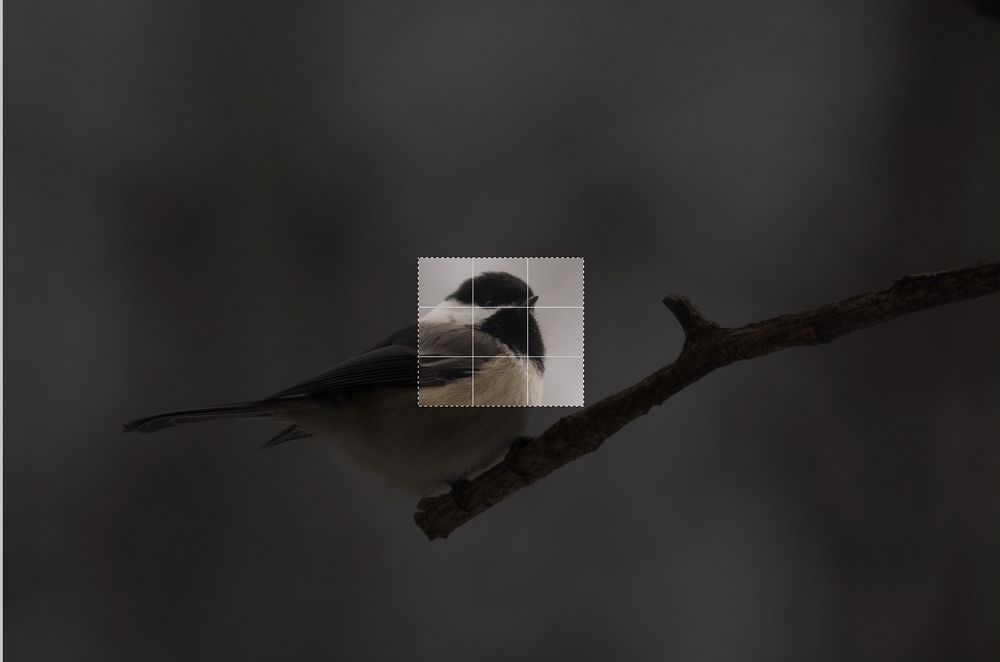
And finally side by each.

Cheers, Don
Using the new Nikon 80-400mm @ 400mm, same branch, same distance, different day but same sh*tty back light
The D800 @ iso 2000, no noise reduction/removal, quick edit.
Full frame.

My "normal" crop.

100% crop, no resize.

Crop area.

D7100 @ iso 1250 full frame, no noise reduction/removal, quick edit.
My model showed up out of the blue and in my rush I didn't realize the iso was too low

My "normal" crop.

100% crop, no resize.

Crop area.

And finally side by each.

Cheers, Don
0
Comments
If not for wildlife than D800 is superior.
My reasons are as follows:
1) Reach - Crop sensor gives you 400*1.5 for most part (maybe others feel differently but if there is something more valuable than "reach" for wildlife photography, I am not aware of it)
2) FPS - you do want higher frames-per-second for wildlife, never knowing which frame would yield the keeper
3) Price - used body can give you what you need and save money for better lenses without using extenders and losing auto-focus etc
4) More use-able pixels - Even if there are 36M pixels are available for D800, because of the lost reach, your pictures will average less in overall size than with D7100 because of necessary cropping that is required
5) Where D800 excels is ISO and pixel-size. In my opinion benefit of ISO never translates for wild-life like it does for all other photography. You need whole lot of light. Even in bright sun if the angle is not right, you end up with silhouettes and cranking up ISO doesn't do all that much. Can't have long exposures to have fast shutter speeds. I guess I am trying to say that higher ISO does NOT light up an animal that translates to good picture. Fill flash and flash extender may be cheaper and better options.
6) Reach allows auto focus to lock in faster and on right target, and usually results in more crisp pictures.
Finally, if money is not an issue, than of course get better body (D800) and higher range zoom lens with big aperture.
Goodluck!
http://behret.smugmug.com/ NANPA member
How many photographers does it take to change a light bulb? 50. One to change the bulb, and forty-nine to say, "I could have done that better!"
Thanks Harry for the article. FX is supposed to be better as I noted above as well.
However, the "debunking" article attempts to do, I am not sure I agree with.
1) Focal length
No it doesn't increase focal length with DX, but subjects are in fact closer and I know because I own both kind of bodies even if I am not Nikon person. Whenever animals see a photographer and see they are getting attention, they tend to drift away at least in my experience, to a distance they feel comfortable at. Without my crop-sensor body they are at edge of where I can get useful pictures. With crop sensor body, they are in play. I love physics, but I love solid crisp shots more.
2) Pixel resolution at low ISO
Of course having bigger pixel that collect more info is better. However, we do need significant light for good wild-life shots. Sure if someone was shooting late into dusk or pre-dawn, FX body will help their cause. For me that is time for shooting LANDSCAPES. Wildlife hours are in between when low noise due to high ISO doesn't and shouldn't come into play as much
3) Crop zoom
Just because FX has 36M pixels and crop zoom for equivalent amount of pixels will not yeild equivalent results. Ideally no cropping would be required but it is required and when you have to do higher level of cropping, picture quality degrades, whether pixel size is same or not. Furthermore, for me I have 24M for full-sensor and 18M for crop sensor and I get higher number of keepers and have higher average for pixel usage with crop-sensor, mainly because subject is closer or appears closer
4) Diffraction
Once again, if someone can afford bigger zoom lens, then the debate is mute. Why wouldn't anyone want better performance at f-11 or lower apertures? However, for wild life for me at least the bigger aperture I can use, better Bokeh I can get, better optical performance, lower ISO I can use, all factors that contribute to better picture quality. The f-11 factor will not come into play for most part where they point out the advantages of diffraction
5) DOF
Article says this,"For example, if you are shooting a bird with two Nikon 500mm lenses from the same distance at f/4, one mounted on the D7000 (DX) and the other on the D800 (FX), depth of field on DX will only be larger when framing is exactly the same. Obviously, to get both cameras to frame the bird identically, you would have to physically move closer to the bird with the D800. Since the camera to subject distance is decreased while all other variables are staying the same, depth of field is also decreased."
Yeah, well we are trying to get closer to the subject and since I can not afford bigger lens or to move closer to the subject, the advantage of FX is not available.
6) LIGHTER LENSES
I don't know about Nikon world. For Canon, affordable super-telephoto is 100-400 f4-f5.6 L IS and it works well for both bodies. My thoughts on that would be that if weight is close than it is not worth sacrificing picture quality. However, weight does make a difference. Whether hiking or climbing or standing or hiding out in one spot for whole day, which is normal for me, if I was carrying larger weight, it would impact me. Even now after I get tired I have to put camera on the ground to let my hands rest.
7) CROP ADVANTAGE
Yes, if someone can afford f4 type lens at 800mm the crop-advantage of DX is not available. Not many can though.
8) VIEWFINDER
Sure bigger is better. I usually don't get chance to even see anything in view finder, especially with birds in flight. The ONE SECOND one gets to nail the shot, who is able to say oh I achieved better focus and thanks to bigger view-finder I can see my focus is perfect? Most of the time I see a blur while I am tracking it and that one moment when it become clear, while I am hoping my auto focus locks in, I really am not waiting to determine whether perfect focus has been achieved. I look at it at home and some of the times it locked in and other times did not have time as angle was changing. All animals especially birds are constantly moving anyway, so time to set focus and take advantage of bigger viewfinder is not there. For me its about keeping shutter speed up and firing the higher FPS and constantly pressing shutter half-way, and setting focus priority and hope some of them lock in.
9) MULTICAM
Never heard of it till today.
10) ORIGINAL INTENT
Not important if that is not what DX was intended for. Lots of great inventions resulted as bi-product of original research.
11) COST ADVANTAGE
Yes, moolahs = biggest limiting factor for me and I would reckon most.
12) SUMMARY
If I could get 600mm lens with f4 or bigger then I would not have to do any research and take the full-sensor body, that is latest. For canon, something like that is priced at 20,000 dollars. So next best thing is to get tremendous reach without sacrificing all that much, if anything.
I have tried hard to look at my pictures with crop sensor and find flaws to argue myself out of it, but couldn't.
Cheers!